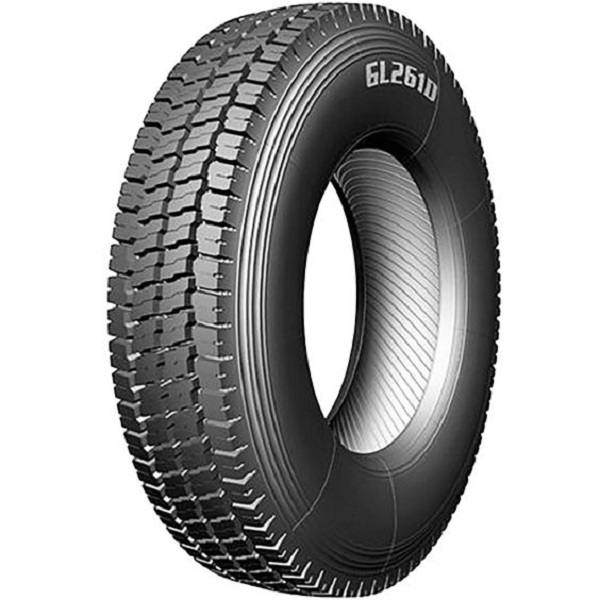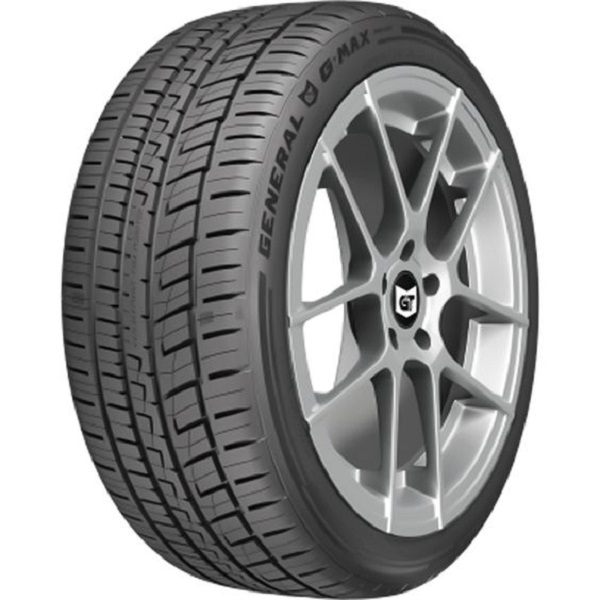Tire maintenance is critical for vehicle safety, performance, and longevity. Regular tire balancing and rotation ensure that your tires wear evenly, improve vehicle handling, and extend the life of your tires. This comprehensive guide will help you understand how often to balance and rotate your tires and why these practices are essential.
Understanding Tire Balancing and Rotation
What is Tire Balancing?
How often to balance and rotate tires? Tire balancing is the process of equalizing the weight of the tire and wheel assembly so that it spins smoothly. Unbalanced tires can cause vibrations in the steering wheel, seat, or floorboard, and can lead to uneven tire wear and increased stress on your vehicle’s suspension. Balancing typically involves adding small weights to the wheel rim to correct any imbalances.
What is Tire Rotation?
Tire rotation is the practice of moving your vehicle’s tires from one position to another. Since tires wear differently depending on their location on the vehicle, rotating them helps distribute wear more evenly. This can help extend the lifespan of your tires and improve vehicle performance. Common rotation patterns include front-to-rear, rear-to-front, and cross rotations.
Why Balancing and Rotation are Essential
1. Improved Safety
Balanced and properly rotated tires enhance vehicle stability and handling. Imbalances and uneven tire wear can lead to difficulties in steering and control, increasing the risk of accidents. Regular maintenance helps ensure that your vehicle handles correctly, providing a safer driving experience.

2. Extended Tire Life
Proper balancing and rotation prevent uneven tire wear, which can shorten the life of your tires. By ensuring that all four tires wear evenly, you can get the maximum mileage from them before needing to replace them.
3. Enhanced Fuel Efficiency
Well-maintained tires improve fuel efficiency. Unbalanced tires can create extra drag and rolling resistance, which forces your engine to work harder and use more fuel. Regular balancing and rotation help reduce rolling resistance, contributing to better fuel economy.
4. Smoother Ride
Balancing tires reduces vibrations that can affect ride comfort. If your tires are out of balance, you may experience a rough or uncomfortable ride. Properly balanced tires provide a smoother driving experience and reduce stress on your vehicle’s components.
Recommended Intervals for Balancing and Rotation
1. Tire Balancing
How often to balance and rotate tires? Most experts recommend having your tires balanced every 5,000 to 6,000 miles. However, if you notice vibrations, especially at certain speeds, or if you’ve recently hit a pothole or curb, it’s wise to get your tires balanced sooner. Regular balancing helps maintain a smooth ride and prevent uneven wear.
2. Tire Rotation
Tires should be rotated every 6,000 to 8,000 miles. This interval may vary depending on your vehicle’s manufacturer recommendations and driving conditions. Check your vehicle’s owner’s manual for specific rotation schedules. Regular rotation helps ensure that all tires wear evenly and helps maintain consistent handling.
How to Determine If Your Tires Need Balancing or Rotation
1. Signs Your Tires Need Balancing
- Vibrations: If you feel vibrations through the steering wheel, seat, or floorboard, your tires may be out of balance.
- Uneven Wear: Check for uneven wear patterns on your tires. Excessive wear on one side can indicate an imbalance.
- Noise: Unusual noises while driving, such as thumping or rumbling, can be a sign that your tires need balancing.
2. Signs Your Tires Need Rotation
- Uneven Wear: Inspect your tires for signs of uneven wear, such as bald spots or excessive wear on one side. This often indicates the need for rotation.
- Handling Issues: If your vehicle pulls to one side or if you experience steering difficulties, your tires might need to be rotated.
- Tire Tread: Regularly check the tread depth on all tires. Uneven tread wear can be a sign that rotation is needed.
DIY vs. Professional Services
1. DIY Balancing and Rotation
Performing tire balancing and rotation yourself requires specialized equipment, including a tire balancing machine and a vehicle lift. For those experienced with tire maintenance, it’s possible to complete these tasks at home. However, it requires precise work and access to the right tools.
2. Professional Services
Most vehicle owners opt for professional services to ensure accurate balancing and rotation. Professional technicians have the expertise and equipment needed to perform these tasks correctly. They can also identify other potential issues with your tires or suspension system that may need attention.

Benefits of Regular Tire Maintenance
1. Enhanced Safety
Regular balancing and rotation ensure that your vehicle handles correctly, reducing the risk of accidents caused by tire issues. Properly maintained tires offer better traction, stability, and control.
2. Cost Savings
By extending the life of your tires and avoiding premature replacements, regular maintenance saves you money in the long run. Investing in tire balancing and rotation can prevent costly repairs and improve your overall vehicle performance.
3. Optimal Vehicle Performance
Well-maintained tires contribute to smoother handling, improved braking, and a more comfortable ride. Regular balancing and rotation help keep your vehicle operating at its best.
The Cost of Tire Balancing and Rotation
1. Factors Influencing Cost
The cost of tire balancing and rotation can vary based on several factors, including your vehicle type, tire size, and location. Typically, balancing and rotation are affordable services, but prices can range depending on whether you are visiting a dealership, independent shop, or national chain. Some places offer package deals that include both services at a discounted rate.
2. Cost vs. Benefits
Investing in regular tire balancing and rotation is a cost-effective way to avoid more expensive repairs and replacements in the future. Proper maintenance can extend the life of your tires, improve vehicle performance, and enhance safety, making it a valuable investment for any vehicle owner.
Tips for Maintaining Tire Health
1. Check Tire Pressure Regularly
Maintaining the correct tire pressure is crucial for tire health and vehicle safety. Under-inflated or over-inflated tires can lead to uneven wear, reduced fuel efficiency, and increased risk of tire blowouts. Check your tire pressure monthly and before long trips.
2. Inspect Tires for Damage
Regularly inspect your tires for signs of damage, such as cuts, bulges, or objects embedded in the tread. Address any issues promptly to prevent further damage and ensure your tires remain safe and functional.
3. Align Your Wheels
Wheel alignment is another important aspect of tire maintenance. Misaligned wheels can cause uneven tire wear and affect vehicle handling. If you notice your vehicle pulling to one side or if the steering wheel is off-center, have your alignment checked.
4. Use Quality Tires
Invest in high-quality tires that are suited to your vehicle and driving conditions. Quality tires offer better performance, safety, and longevity. Consult with a tire professional to choose the best tires for your needs.

How to Choose a Tire Service Provider
1. Look for Certified Technicians
Choose a tire service provider with certified technicians who have the expertise and experience to perform balancing and rotation accurately. Certification ensures that the technicians are trained and knowledgeable about tire maintenance.
2. Read Reviews and Get Recommendations
Research potential service providers by reading online reviews and asking for recommendations from friends or family. Look for providers with a reputation for quality service and customer satisfaction.
3. Compare Prices and Services
Get quotes from multiple service providers and compare prices and services. Some providers may offer package deals or additional services, such as free tire inspections or discounts on future services.
Conclusion
Understanding how often to balance and rotate your tires is crucial for maintaining vehicle safety, performance, and tire longevity. By following the recommended intervals and watching for signs of imbalance or uneven wear, you can ensure your tires remain in top condition. Whether you perform these tasks yourself or seek professional help, regular tire maintenance is essential for a safe and comfortable driving experience.
